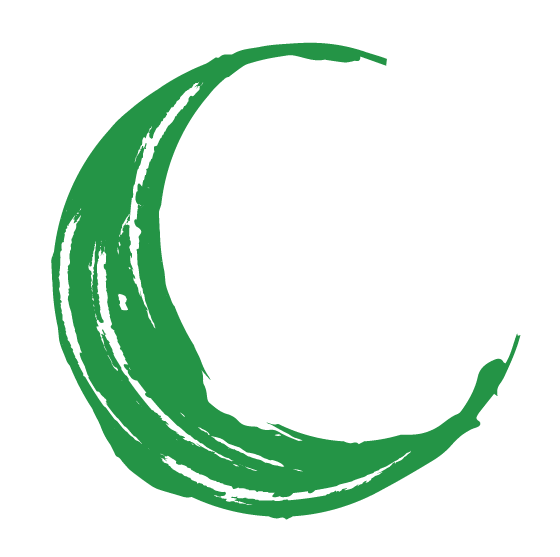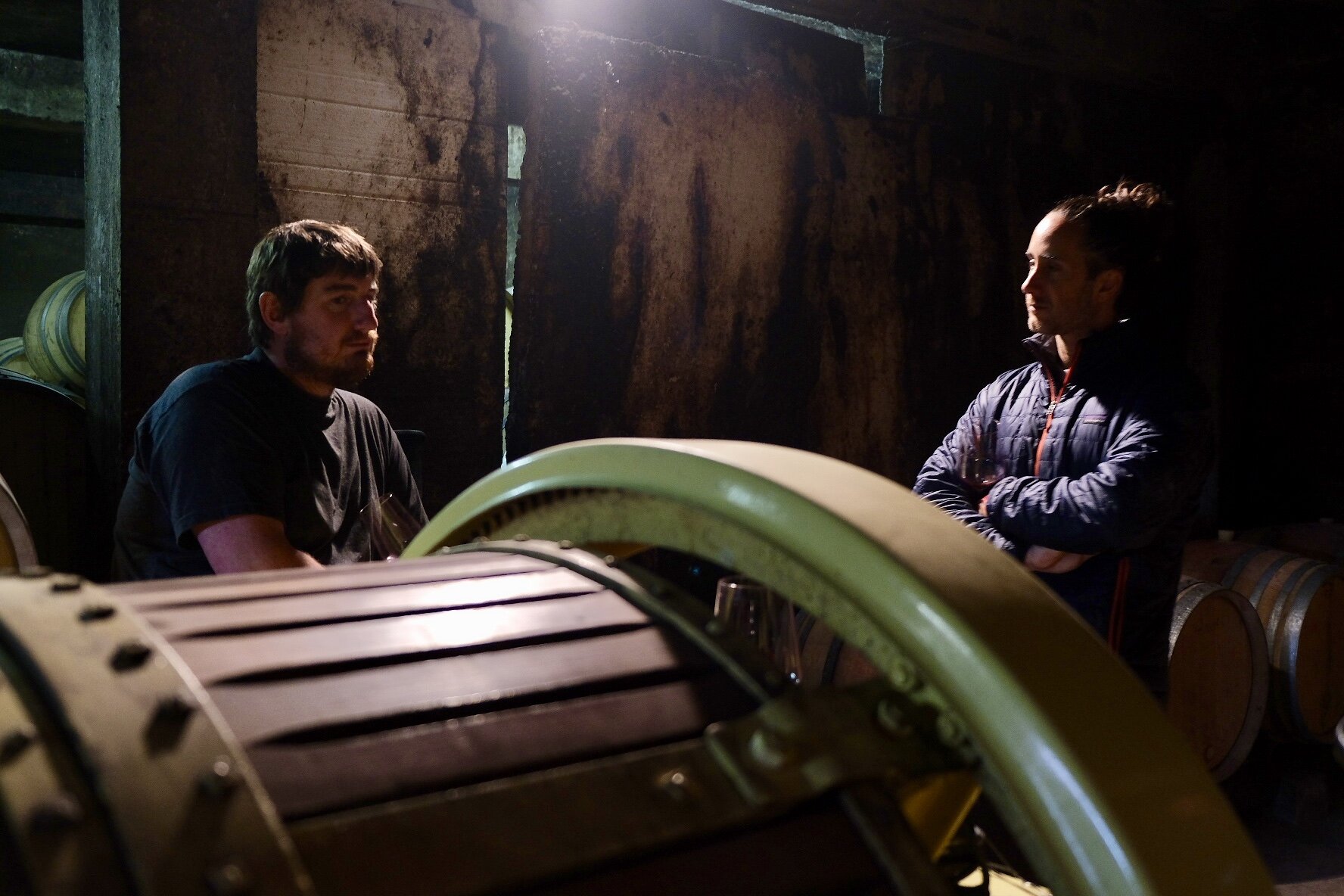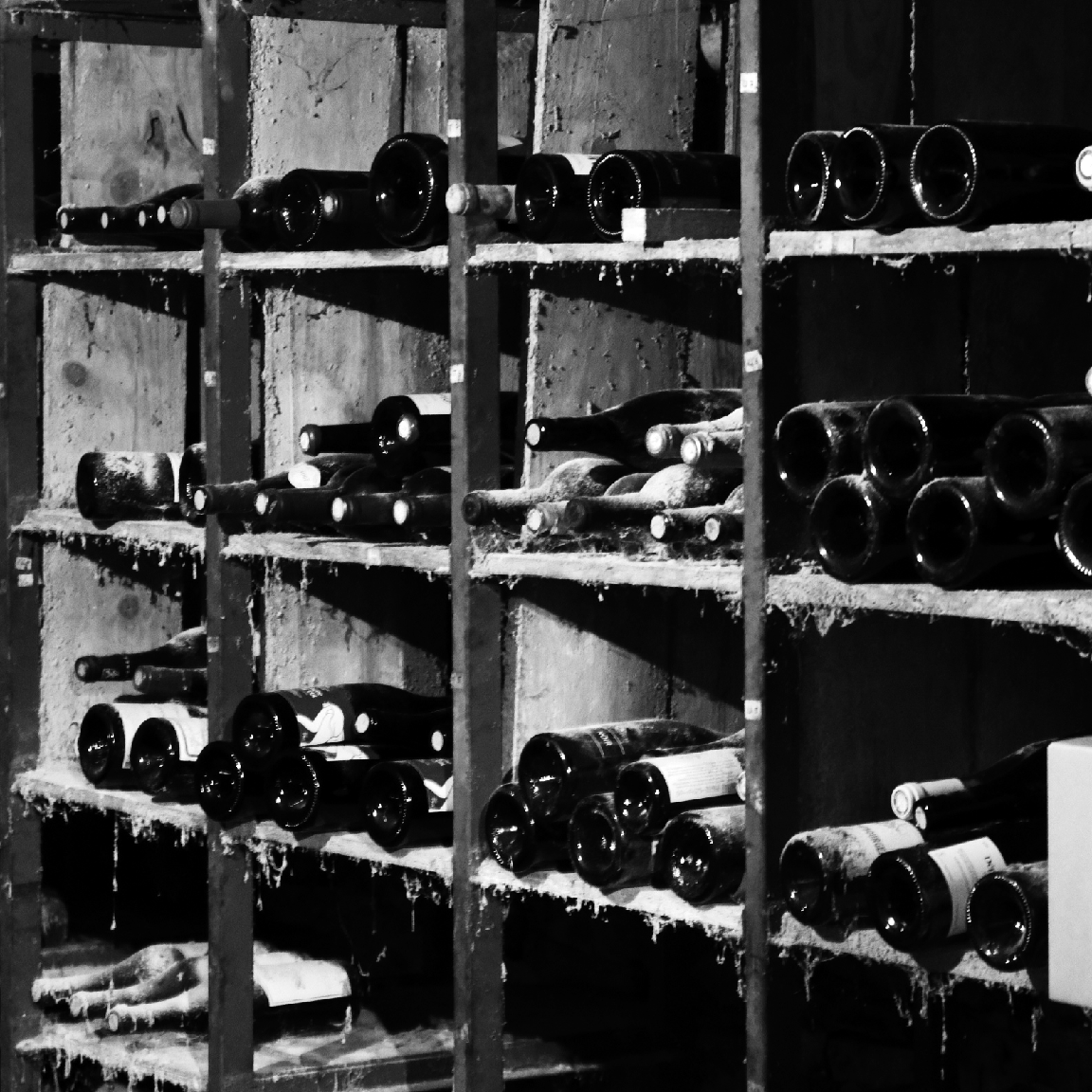Shades of Burgundy
We have a habit of reading our history as if we’re not doomed to repeat it. As if there is no butterfly effect through the ages. Holy Roman armies and feudal lords are but fossils trapped in amber. Their oral traditions couldn’t possibly whisper in the ears of a Millennial could they? The founding fathers are as inanimate as the paper pages we turn. Maybe less so, as wood never dies…
Yet America contains a whole lot of people who want nothing more than government to leave them be. There’s a part of each of us that relates. Meanwhile, neighboring nations puzzle over our stance on gun reform, affordable healthcare, escalating university tuitions, the middle class squeeze, environmental and social justice, etc. That this one value of personal freedom is to be jealously guarded above any intervention of the State.
Regardless of where one lands on these issues or how to go about them, it is apparent that our American ideals were not born in a vacuum. As if ‘no taxation without representation’ or the 2nd amendment doesn’t still ring in our ears on election day. And that a young nation, squatting on 13 colonies of stolen land, wasn’t itself inspired by its European imperialist history, in claiming a helluva lot more for God and country.
So, if who we are, is hopelessly linked to where we came from, what of the most ogled wine region in the world? What is Burgundy? How did it come to be? And where is it going?
What is burgundy?
I’m not equipped to do this question justice. It requires a much deeper article. Perhaps even a book. But for the few times I’ve been to Burgundy, broken bread with vignerons and resident exporters like the Wasserman family, I’m happy to relay a few observations.
One such is the pattern language of any wine region that finds favor with the uber rich. If there’s anything we know about those with deep pockets, it’s that they don’t like to be told they can’t have something. Especially, when someone is elbowing them that it’s the best.
Demand drives up bottle prices and, in turn, land values. Lo and behold, stars are born. The lion share of bling belonging to Burgundy, Bordeaux, Napa, and Champagne. All have become global icons in the modern era. The most recent of which, and the most potent, due to its short supply, is the subject of our conversation.
Among the inhabitants of Beaune, Burgundy’s ground zero, is English ex-pat William Kelley. When he’s not rating the region’s Pinot and Chardonnay for the Wine Advocate, he has a fascination with old aerial vineyard photos, which you can find on his Instagram account. “One of the telling features of Burgundy present vs Burgundy past”, he reveals “are the amount of swimming pools.”
Burgundy has come into money, but the ascent has really only gained steam in the last 20 years.
Picture yourself of drinking age in late 1999, five days before Y2K prophecies promise technological Armageddon. To celebrate the end of civilization as we know it, or maybe just a mild rolling blackout, you decide to walk into your local wine shop and go all out on a New Year’s Eve bottle. The shop owner recommends a current release Grand Cru Burgundy from a top tier producer, let’s say Armand Rousseau Chambertin. You could expect to pay $125 for that bottle of Pinot Noir. Far from cheap, but in reach as a holiday splurge for most above the poverty line. If you were to entertain the same notion yesterday, to celebrate the passing of our dearly departed 2020, The Wine House in LA has a current vintage of the same wine at $4000/bottle.
Blue chip white Burgundy doesn’t fare much better historically, nor does a restaurant or retailer. Raj Parr, when he was working as a sommelier in San Francisco, bought for his restaurant 12 bottles of 1995 Coche-Dury Corton Charlemagne at $105/bottle. When I ran a wine shop in Santa Barbara in 2013, 6 bottles of the 2008 were offered to me at $800/bottle. Wholesale pricing today (with most restaurants on the brink of survival) is a mere $3800/bottle.
How did all this happen in 20 years? What is it about this place that primed it for a meteoric rise? Who are these people and what is their cultural fingerprint?
I doubt I can answer these questions either, but I do know for Champagne, Bordeaux, and Napa, the prospect of passing the family biz onto the next generation is a relatively seamless transition. In Burgundy, it’s not so simple. In part, we have Napoleon to thank for that. And yet another who is still in exile…
how did it come to be?
When compared to Bordeaux, with its palatial Chateaux and pocket-squared proprietors, Burgundy are the bumpkins. Part of this casual label may be owed to the fact that Bordeaux is a proper city with over 250,000 residents. The population of Beaune and Dijon combined is maybe 2/3 of that figure.
Another reason are the Bordeaux Chateaux themselves, casting lord of the manor vibes, all along the Gironde estuary. Big city infrastructure allows for lavish bedroom communities with enough firepower to accommodate the extended family and beyond.
Burgundy, by contrast, is decidedly ‘country’. It does not boast Corinthian-columned mansions on huge tracts of land, but the wrapping paper has the same elements: Mercedes Benz, trendy scarves, fancy shoes, counts and marquis and all the pretty little feudal drippings. The social strata is not far from Bordeaux, except time and tide has downsized the packaging and given it a rustic patina.
But then there are other well-established proprietors in the region with traditional paysan garb and dirt under their fingernails. Humble farmers, who work the land. These people exist in Bordeaux too. You just don’t hear about them. So why in Burgundy were the peasants given a voice?
The answer is partly in the architecture. In Bordeaux, the perception of quality, like Napa and Champagne is given to the market. Dom Perignon commands a high price. Therefore, it must be the best. Moët would have you believe that it’s the best, hence its monetary value. Whether the chicken or the egg came first, 61 Bordeaux estates, belonging to the Médoc, were power ranked in 1855 based on their brand recognition. The 5-tier classification implies that should vineyard holdings expand or change hands over the years (and they have) the Haut Brion, Lafite-Rothschild and Latours of the world are still the top tier (1st growth). With over 300 wineries in the region, there is virtually no operating room for a peasant farmer, even owning a first-rate parcel, to join the club.
Burgundy, on the other hand is classified by a different hierarchy: the land. It was the dirt that was given all the acclaim, thanks to monks who overcompensated for a life of deprivation with the sacrament. And for a long time the dirt was dirt cheap. Which meant a 20th century subsistence farmer like Pierre Ramonet had the chance to hustle his way into some Grand Cru holdings and thus make a name for himself.
But because Burgundy’s quality is land locked, vineyard boundaries are not to be expanded. La Tache’s talent was spotted in the 13th century but today it’s still just 4.47 acres. No one can add to it or subtract from it.
Now consider how many landowning families have multiplied since 1804, when Napoleonic code ensured a proprietor’s offspring would receive an equal inheritance? Enough for a growing number of chefs to realize they need a bigger kitchen.
It’s a terrifying game of musical chairs. And fragmentation wrongfully assumes that siblings will share a seat. Many domaines circumvented this problem by acquiring additional plots so their offspring had enough vines to branch out on their own in the event of interfamilial creative differences.
But gone are those days. Prime real estate from Gevrey on down might as well be beachfront property in Monaco. And it all seems to have happened overnight.
On December 18th, 2013, wine collector Rudy Kurniawan was incarcerated in Reeves County Detention Complex. But not before doing many things. Among them, wire fraud, mail fraud and counterfeiting old and rare wine bottles.
He also damn near single-handedly blew up the Burgundy market in the early 2000’s, gobbling up auction lots at a clip of 1 million dollars per month in some stretches. Oh, he bought Bordeaux too. But one man’s influence on Chateau Latour’s case production (over 200,000 bottles) is considerably less of a dent, when compared to Armand Rousseau’s supply of Chambertin (less than 10,000 bottles).
By March of 2012, as the FBI was raiding Rudy’s Arcadia home and carting him off in handcuffs, I was on a plane to Burgundy for the first time. My earliest glimpse of this place was to some extent colored by the legacy he left behind. A parcel of Burgundy’s flagship Chardonnay vineyard, Le Montrachet, sold that year for the equivalent of 23 million euro per hectare. Ironically, it was purchased by Francois Pinault, the owner of Bordeaux’s Chateau Latour.
Where is it going?
The Cote d’Or, Burgundy’s heartland, is French for ‘golden slope’. And it has lived up to its name in more ways than one. Kiss the ring status is not without its baggage. You feel the eyes of the mob, who when they’re not waiting for you to stumble, are holding their foot out in front of your feet.
I do not envy anything that becomes too precious. Creativity is stifled and the endless saliva of commoditization attracts the worst aspects of the human spirit. Of all the people to capitalize on the jackpot, it’s worthy of mention that the smallest slice of the pie almost always goes to the winery. Magnums of 2017 Raveneau Clos are sold from the cellar door to suppliers and clients at the tariff of €80/bottle. The same bottle will like retail in a wine shop for over €2500/bottle.
As for the price of fame, it’s too great a cash cow to warrant much risk. If foreign investment doesn’t already have their hooks in, they’re waiting in the wings for a family rift or an heirless proprietor to retire. Many vignerons are as prone to do whatever it takes to ensure a crop as they are to paint by numbers in the cellar. Such are lifestyles of the rich and over-leveraged.
I also don’t want to stick around to see wealthy merchants funding imperialist conquests. Hasn’t the world had enough of this? Domaines expanding their domain, as it were, until their vast empires reach the far corners of the earth. It’s happening. It’s been happening. As Paul Wasserman reminds me, “This is pretty much old news.”
Beru & Soyard
The modern market has made room for lesser known Burgundy regions to emerge. The ancillary regions, where land isn’t yet saddled with economic pressure. In such confines, we find the real story, and a bit of breathing room for progressive thought and experimentation.
The first Burgundy stop on my inaugural trip was to Chablis. I visited a few mainstay wineries but one in particular was unlike the others. First, it was to the east, in the small neighboring village of Béru; further afield from the Grand Cru ridge of Chablis proper. Second, the vineyards looked different. Early Spring saw sheep foraging the grasses down the rows. A palpable departure from the ashen moonscape that chemical farming and mechanization have wrought on Chablis.
From the hills of Béru to the slopes of Dijon, we wind up a hill through the backroads of town, exposing a 160-hectare plot of ag land in the middle of nowhere. There, Marc Soyard waits out the pandemic in ideal fashion, tending an 8 hectare sub-plot of 40 year old vines (Domaine de la Cras).
It’s a Burgundy vigneron’s dream to farm organically in isolation, and Marc has quite literally won the lottery. A few km from his northern perch, parcels in the Cote d’Or are practically stacked on top of each other. The prospect of an organic farmer avoiding chemical drift is like Apartment 201 sharing a paper thin wall with a chain smoking Apartment 202. No amount of ventilation is going to stop the plume from seeping through the cracks.
As my colleague, Vanya, puts it, “You’d think a winemaking region protected by the likes of UNESCO and declared a “World Heritage Site” would be synonymous with strict rules to preserve the land, encourage biodiversity and ensure healthy, naturally-tended vines.”
One needn’t comb the deep recesses of history to understand what has happened to paradise lost. Just look at the vineyard names, boasting flora and fauna that no longer exist: Poissonets (land of fish). Genevrières (juniper trees). Griotte-Chambertin (sour cherries in Bertin’s field). Chatenieres (chestnut trees). Clos de Chênes (enclosure of oaks). Chenevery (hemp fields). Les Forêts (the forest).
The truth of a place travels far beyond dukes and duchesses. Further back in time than many of us are willing to go. And yet the truth stares us in the face every day.
As rural sprawl fans out to virgin land, will the new generation fall into the same trap? Will fallen conquerors whisper in their ears to commandeer the wild and erase the memory of native habitat? Or will this next generation find a higher path? One that sees us fold into the tapestry. Where the only hierarchy is nature’s will and the most prized commodity, a deeper essence.
What I wouldn’t pay, for a bottle of the latter…
-Brian McClintic
***Special thank you to More Than Wine and Lauren Hamilton for use of their photos. Photos of Rudy K. courtesy of NBC News and the NY Post**











